
Welcome to this week’s edition of TIME’s LightBox Follow Friday, a series where we feature the work of photographers who are using Instagram in new and engaging ways. Each week we will introduce you to the person behind the feed through his or her pictures and an interview with the photographer.
This week on #LightBoxFF, TIME spoke with Redux photographer Q. Sakamaki (@qsakamaki), whose vivid Instagram photos are produced almost exclusively with his iPhone. His gracefully composed images — made around the world, from Central Park to Fukushima — have appeared in TIME, Rolling Stone, Newsweek and Reader’s Digest.
LightBox: How are you using Instagram now, and how has it become a part of your professional practice? Are you taking photos with your phone, uploading images you’ve taken with your camera, or both?
QS: I have a rule that I upload at least one image per day on Instagram, though I’ve failed a few times. Instagram became a part of my professional practice after my agency suggested I try it. So far I’ve shot exclusively by iPhone for Instagram. Sometimes I upload directly from my iPhone, other times, I first put the iPhone-shot images into my computer then upload them after adjusting the contrast, et cetera.
LightBox: Do you use any of Instagram’s filters or toning features? Why or why not?
QS: If you mean Instagram’s own filters, then in most cases, no. Instead, before shooting, I decide what type of digital film and lens to use in Hipstamatic. Such a process gives me the same feeling or sense I get with conventional film shooting — which I like much more than shooting with a DSLR. But I don’t and shouldn’t care about the process so much, as long as the result is good and is true to what I witnessed, felt and wanted to capture.
LightBox: Why did you start using Instagram, and how has your use of it/understanding of it changed since your first post?
QS: At both my colleague Mark Peterson’s and Redux’s recommendation, I tried it. At first I was just making simple shots — almost like journal entries — and thinking too much about the process or the subject. Now I feel it is a tool, more than merely fun or promotion. And through Instagram, I can get inspired by other photographers’ work — especially people whose pictures I’ve never seen before.
Q. Sakami’s first upload to Instagram. Dec. 25, 2012.
LightBox: Which post inspired the most audience feedback and engagement? Why do you think that photo got people’s attention, and do you agree with it?
QS: It is either a man with an umbrella in a small alley in Shinbashi, Tokyo, or a dancing man with an umbrella in Central Park during a snowstorm. Both probably feel somewhat exotic for many people, because the scenes are uncommon, and they’re also beautiful photos. But I didn’t expect much audience engagement for the first one — a man in a Tokyo alleyway — since I took a kind of easy, quick snapshot, and because such scenes are familiar to me.
LightBox: When did you hit your stride with Instagram? Was there a moment where you crossed a threshold, and your perspective on the platform changed?
QS: Probably last year’s trip to Tohoku and Fukushima, where I purposely shot mostly by iPhone. I recognized we could create very powerful images and share them very quickly by Instagram.
From Sakamaki’s series on the aftermath of the 2013 tsunami that caused a major meltdown at Fukushima Daiichi nuclear plant.
LightBox: What other outlets did you have for showing and sharing work before Instagram? Do you find it liberating to be able to produce and distribute work instantaneously?
QS: My own website and Facebook, though recently I don’t do Facebook so much, compared to Instagram. I think Instagram is so far the best and most liberating tool, or platform, for producing and distributing work “instantaneously” — both literally and psychologically.
Q. Sakamaki is a Redux photographer based in New York City. Follow him on Instagram @qsakamaki
Myles Little is an associate photo editor at TIME
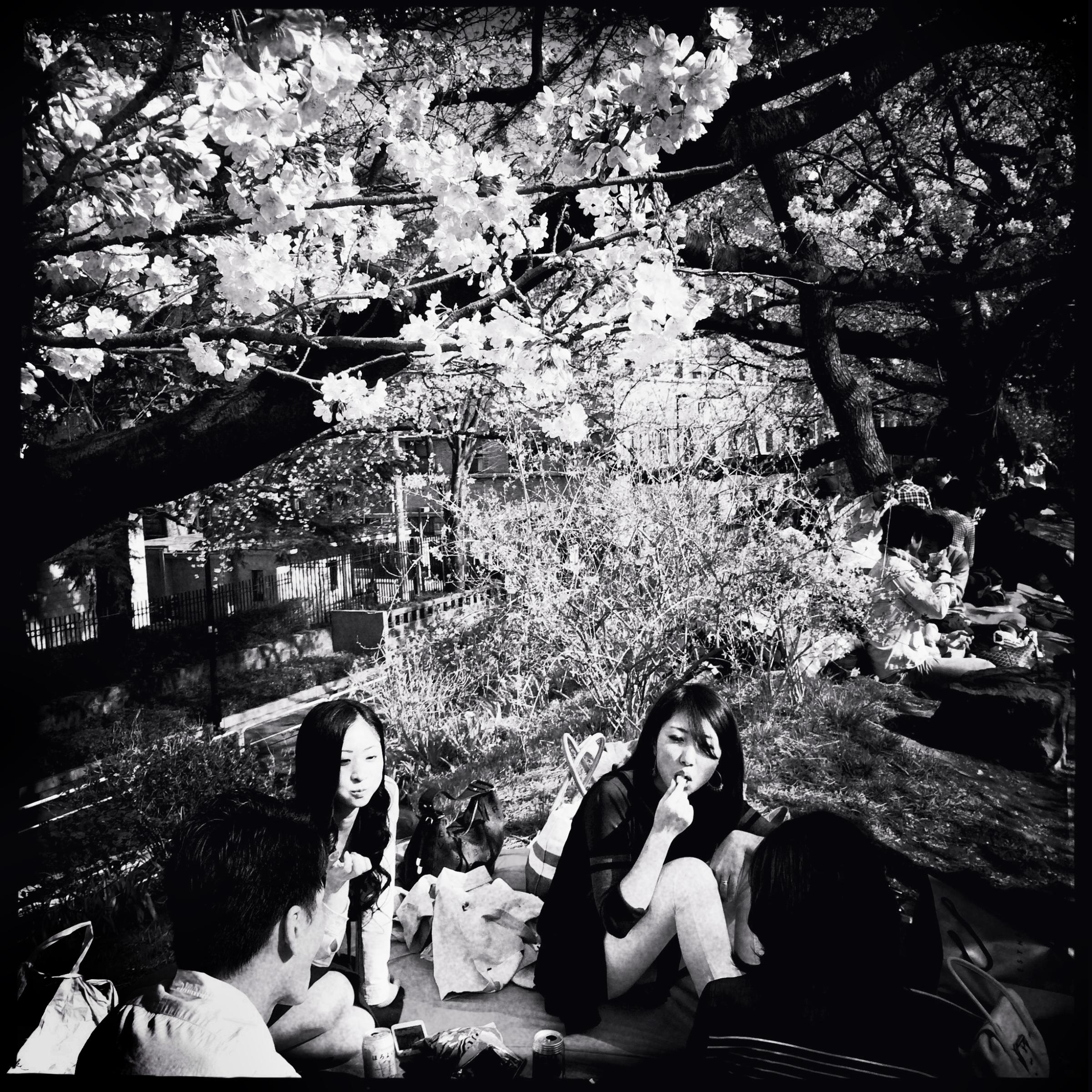
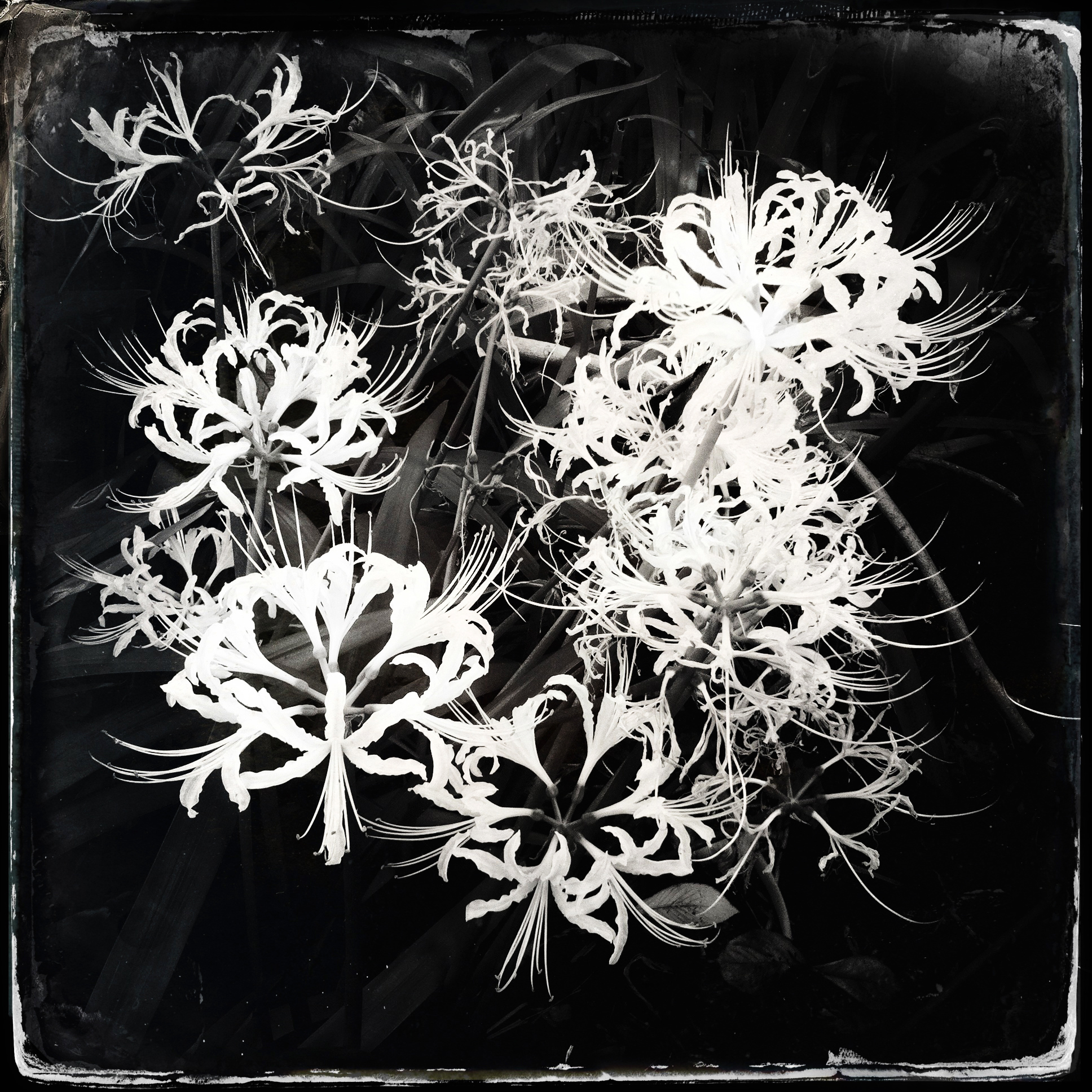
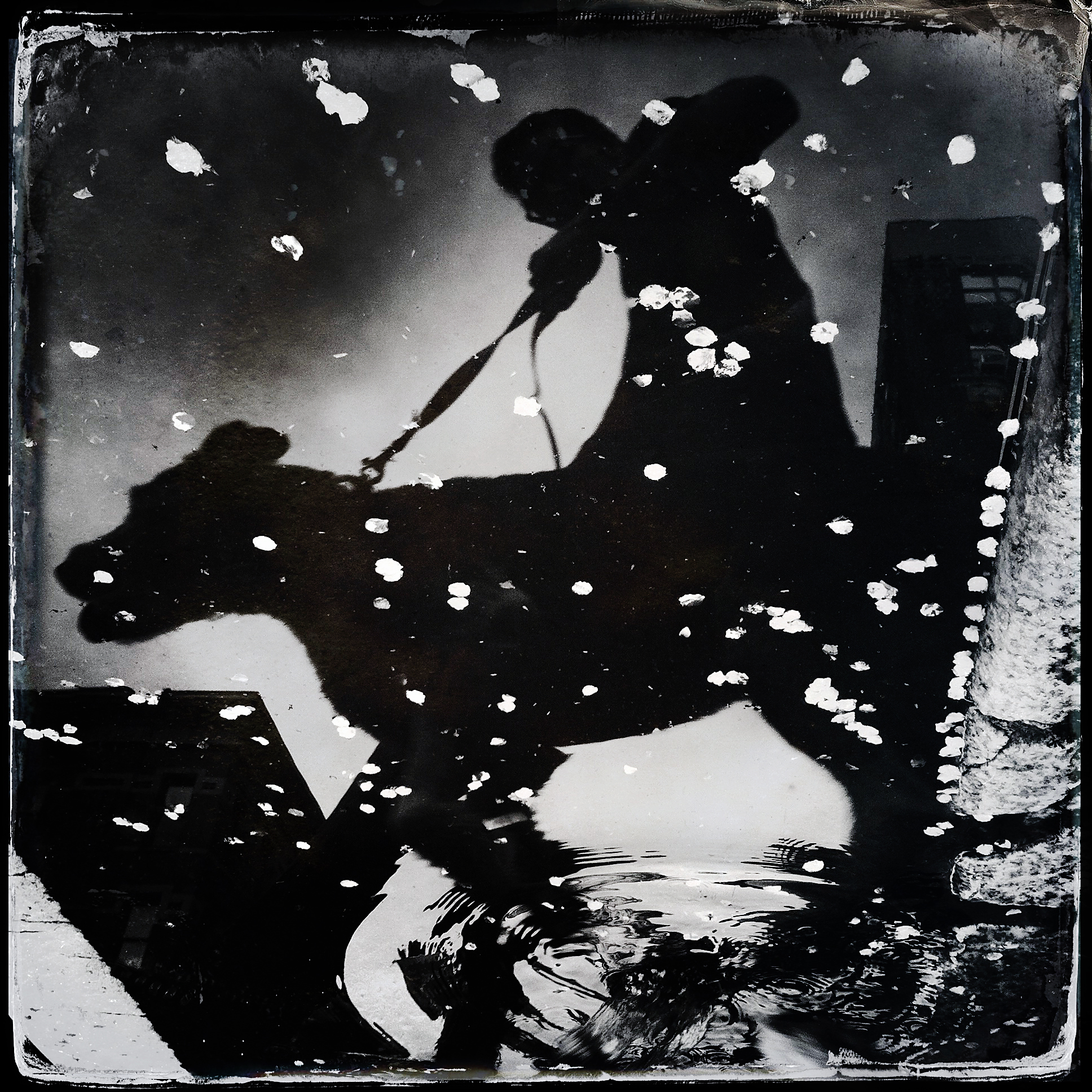
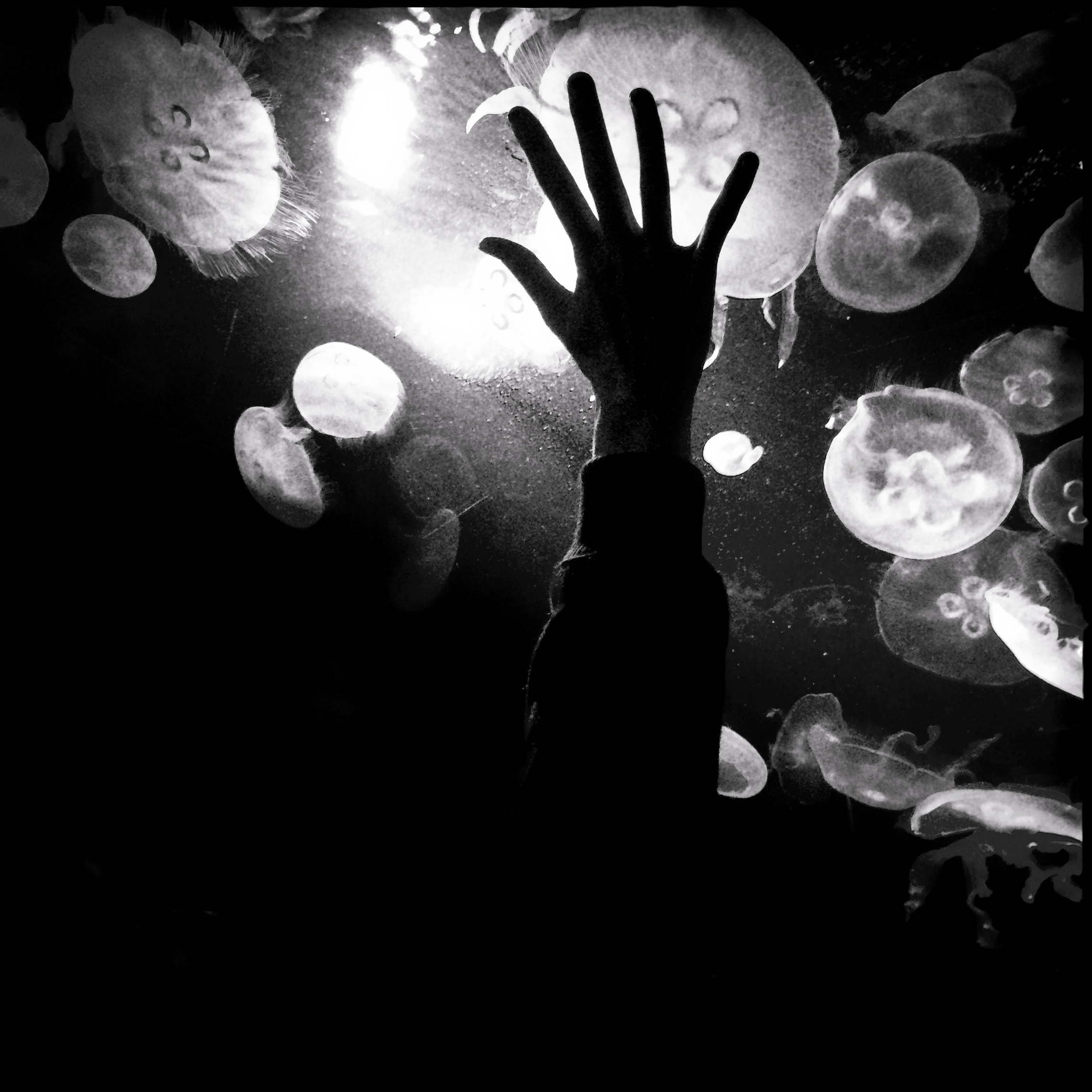

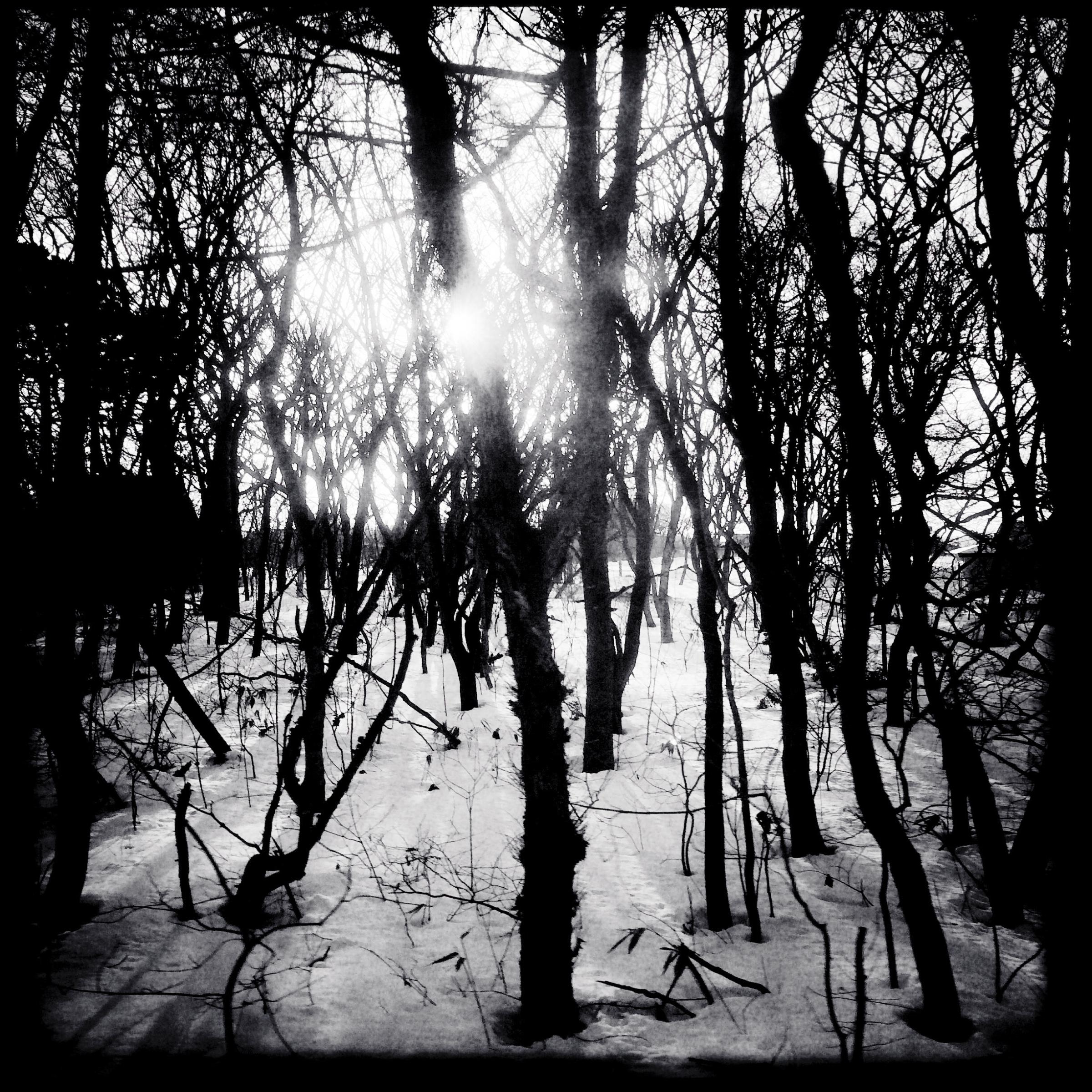
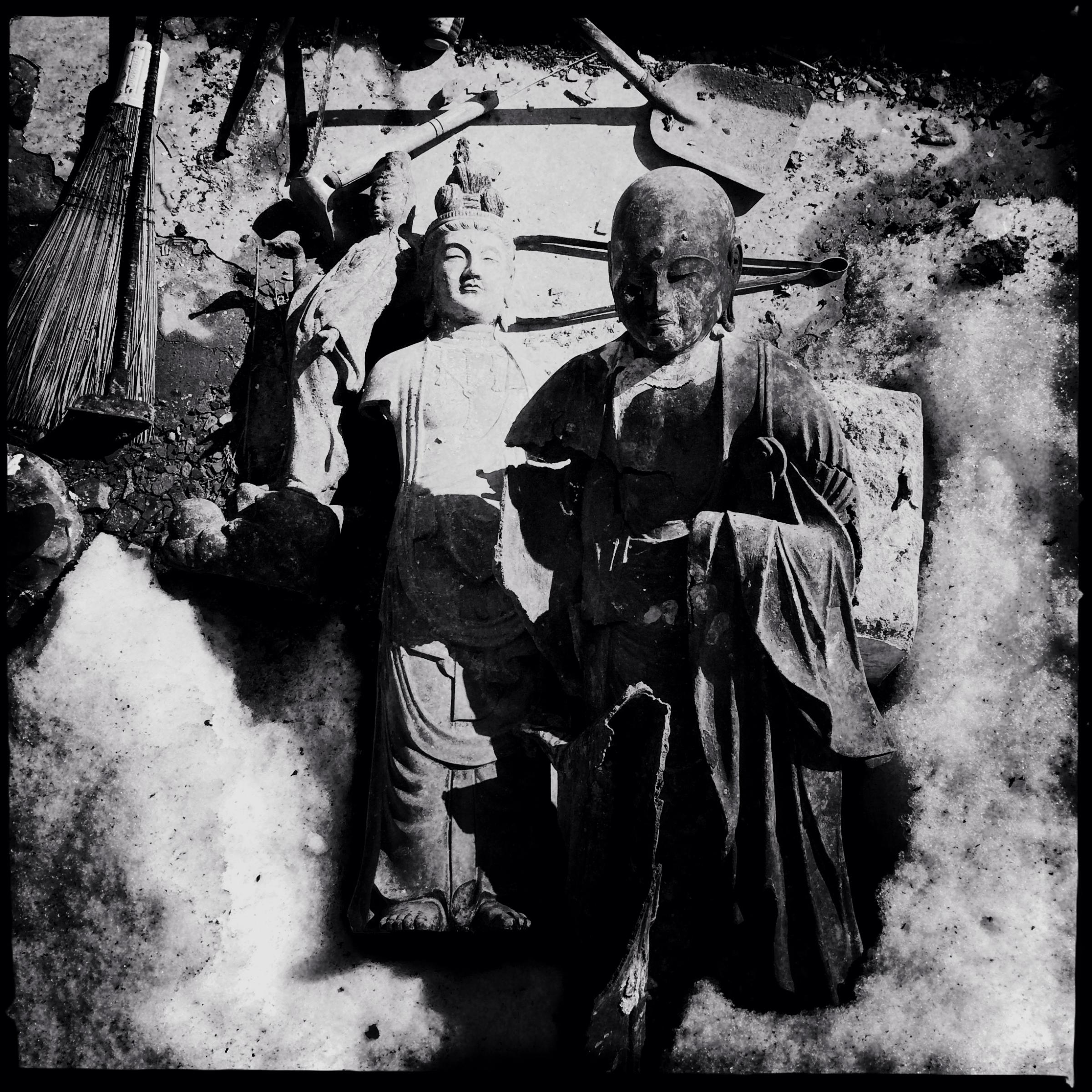

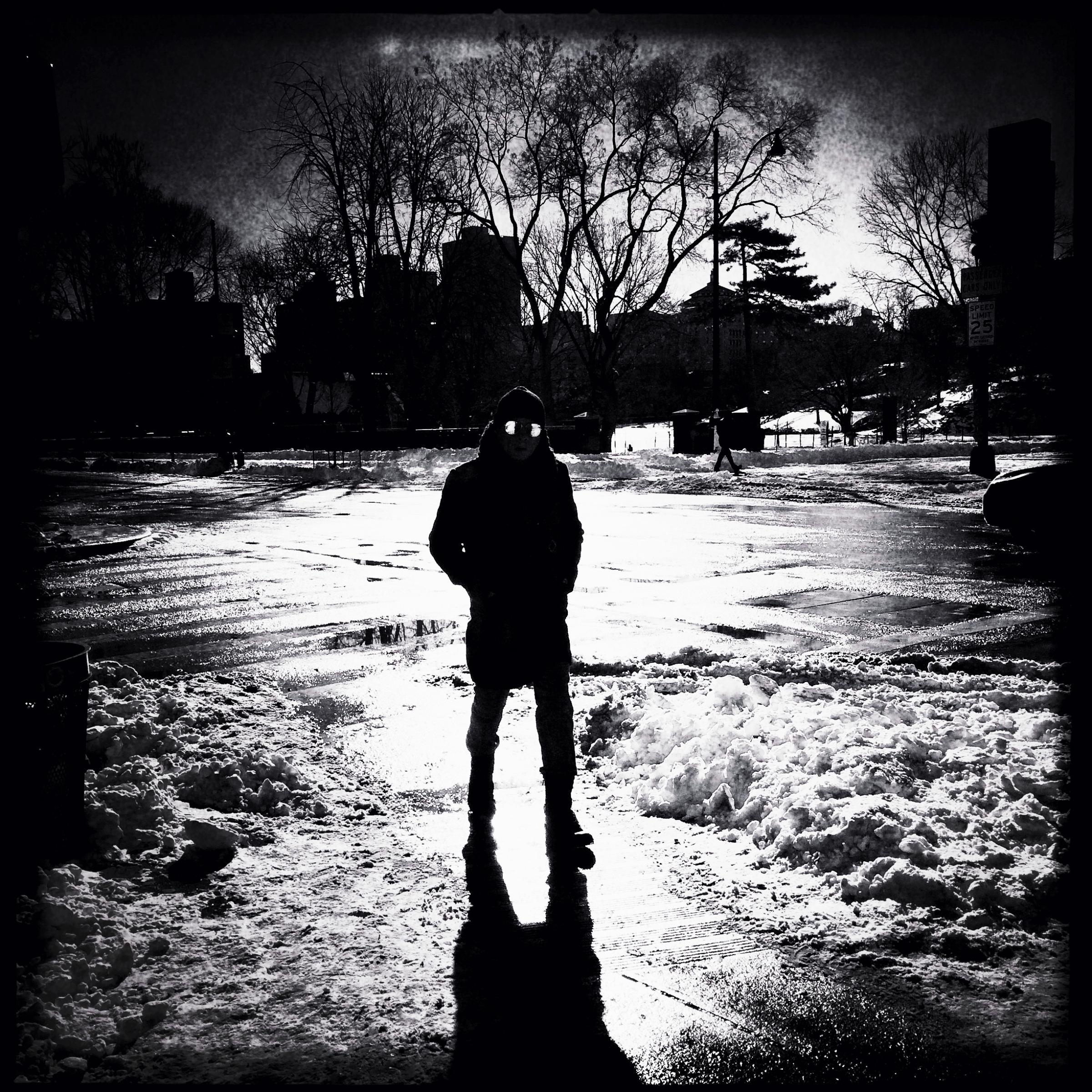
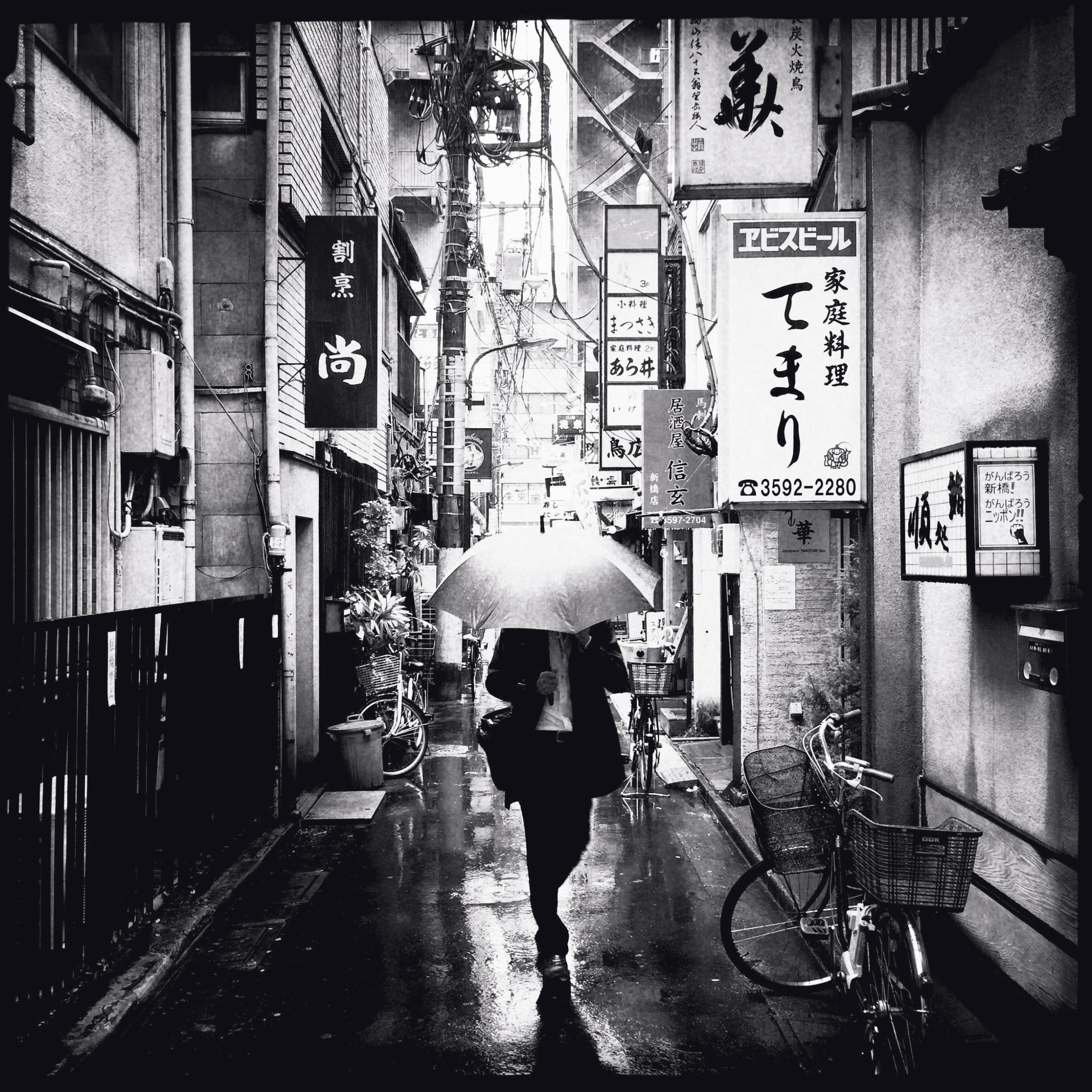


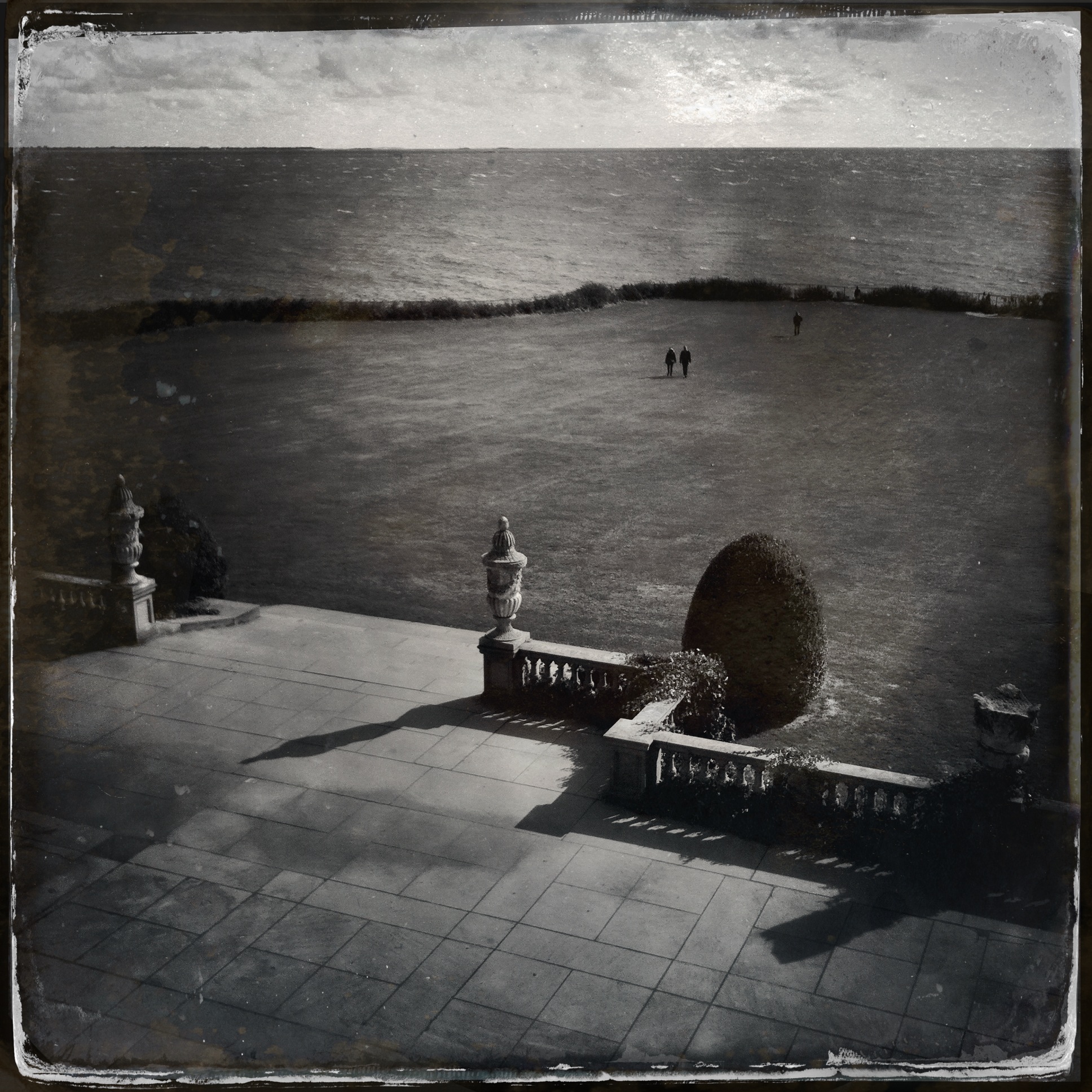

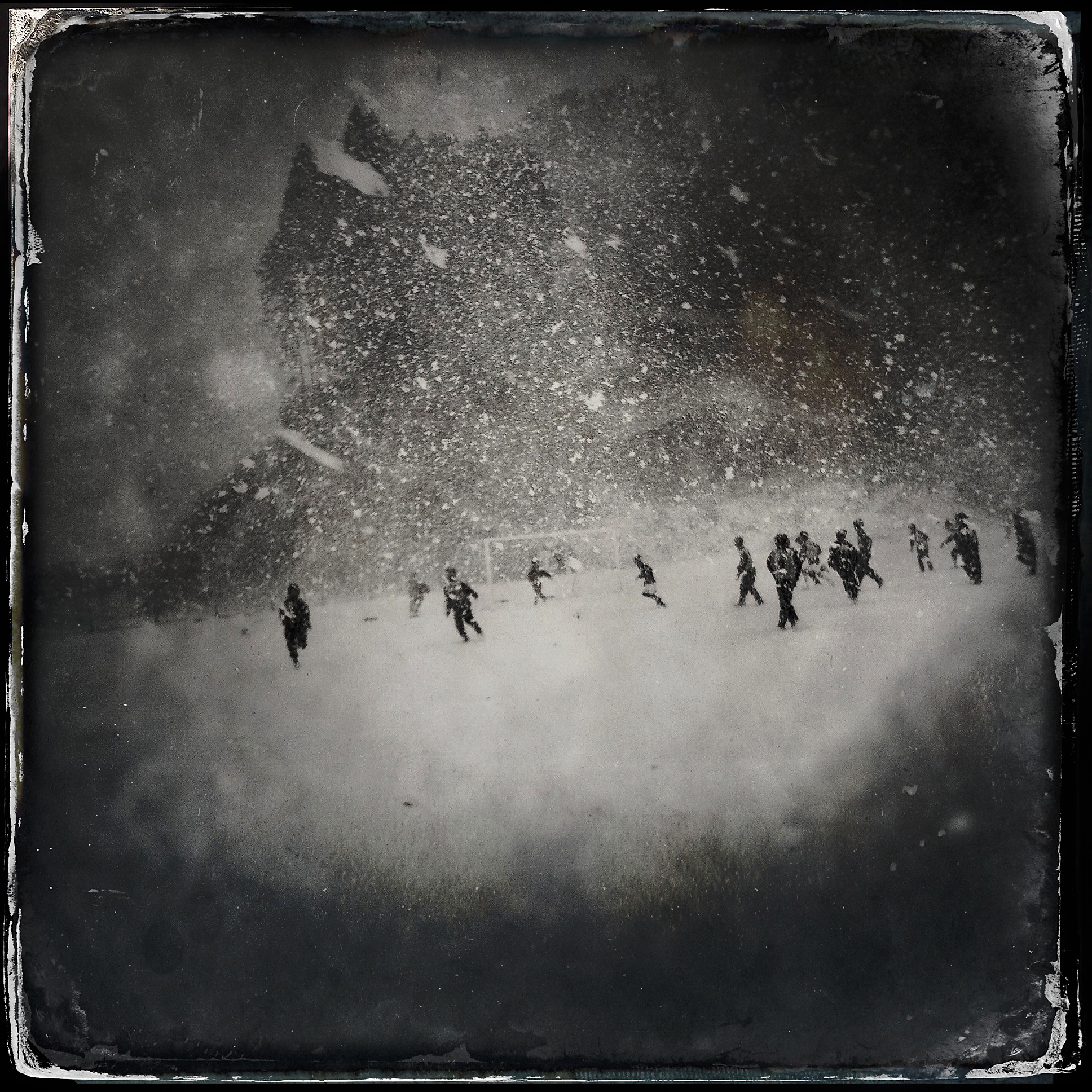
More Must-Reads From TIME
- The 100 Most Influential People of 2024
- The Revolution of Yulia Navalnaya
- 6 Compliments That Land Every Time
- What's the Deal With the Bitcoin Halving?
- If You're Dating Right Now , You're Brave: Column
- The AI That Could Heal a Divided Internet
- Fallout Is a Brilliant Model for the Future of Video Game Adaptations
- Want Weekly Recs on What to Watch, Read, and More? Sign Up for Worth Your Time
Contact us at letters@time.com